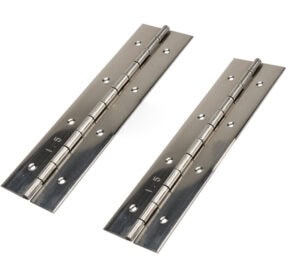Choosing between stainless steel and nickel-plated materials depends on factors like durability, aesthetics, and cost. Each material offers distinct advantages for various applications.
Stainless steel is ideal for long-term durability and corrosion resistance, while nickel plating excels in aesthetics and electrical conductivity. The right choice depends on your specific requirements.
To make an informed decision, let’s delve into their properties, benefits, and applications.
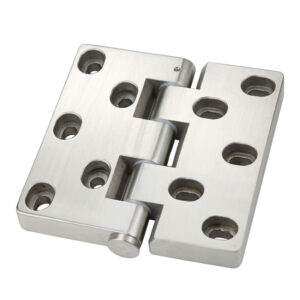
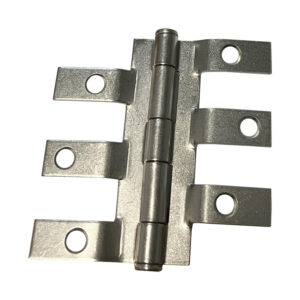
Corrosion Resistance
Stainless steel is renowned for its excellent corrosion resistance due to its high chromium content, making it ideal for harsh environments. In contrast, nickel plating provides only a surface layer of protection, which can wear down over time.
Stainless steel resists corrosion better, especially in environments with moisture or chemicals, whereas nickel plating may corrode if damaged.
For example, marine applications like Marine Hinges commonly use stainless steel to withstand saltwater exposure. Nickel plating is suitable for decorative purposes but is not as robust in extreme conditions.
Durability and Longevity
Stainless steel is inherently durable, offering consistent strength throughout its structure. Nickel plating, while it enhances surface hardness, relies on the base material for strength and may wear off with heavy use.
Stainless steel is a long-term solution, while nickel plating requires reapplication for continued protection.
Applications such as Heavy Duty Hinges benefit from stainless steel’s resilience in demanding environments. Nickel-plated products are better suited for items exposed to less wear and tear.
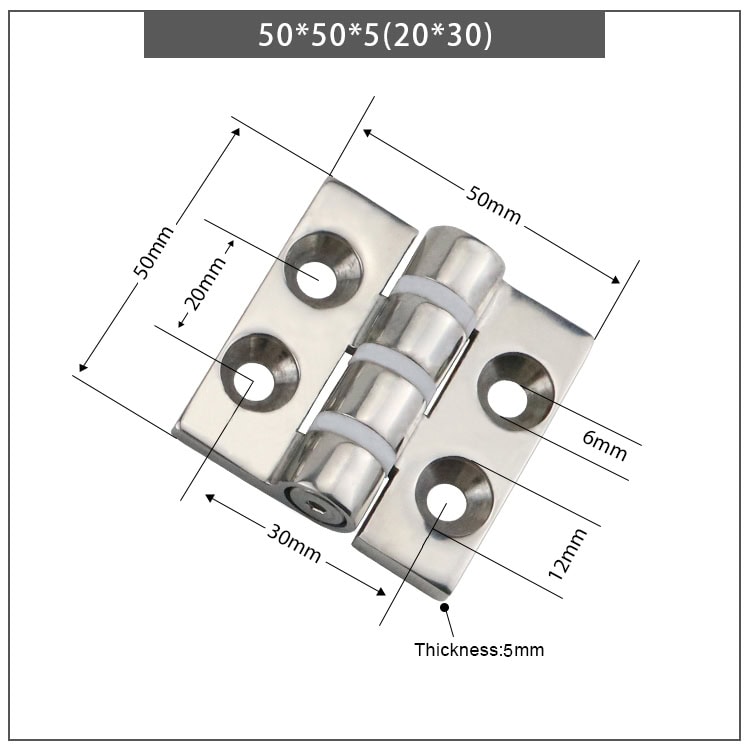
Aesthetic Appeal
Nickel plating is preferred for its shiny, polished look, which enhances the appearance of decorative items. On the other hand, stainless steel provides a neutral, matte finish that suits modern and industrial designs.
Nickel plating offers a glossy aesthetic, while stainless steel appeals to those seeking a subdued, durable appearance.
For decorative uses, such as Piano Hinges, nickel plating can provide an elegant finish. Stainless steel is better for applications requiring a blend of form and function.
Strength and Hardness
Stainless steel offers superior strength and uniform hardness, making it a reliable choice for structural applications. Nickel plating enhances surface hardness but does not affect the core strength of the base material.
Stainless steel’s consistent strength makes it better for heavy-duty use, while nickel plating provides a hard, wear-resistant surface.
This property makes stainless steel a top choice for applications involving frequent mechanical stress or load-bearing requirements.
Cost Comparison
Nickel plating is generally less expensive initially but incurs additional costs for maintenance or reapplication. Stainless steel, although costlier upfront, provides better value due to its longevity and minimal maintenance needs.
Nickel plating may be cost-effective for short-term use, while stainless steel offers long-term savings.
Industrial buyers often opt for stainless steel to reduce total ownership costs, particularly in environments requiring high performance.
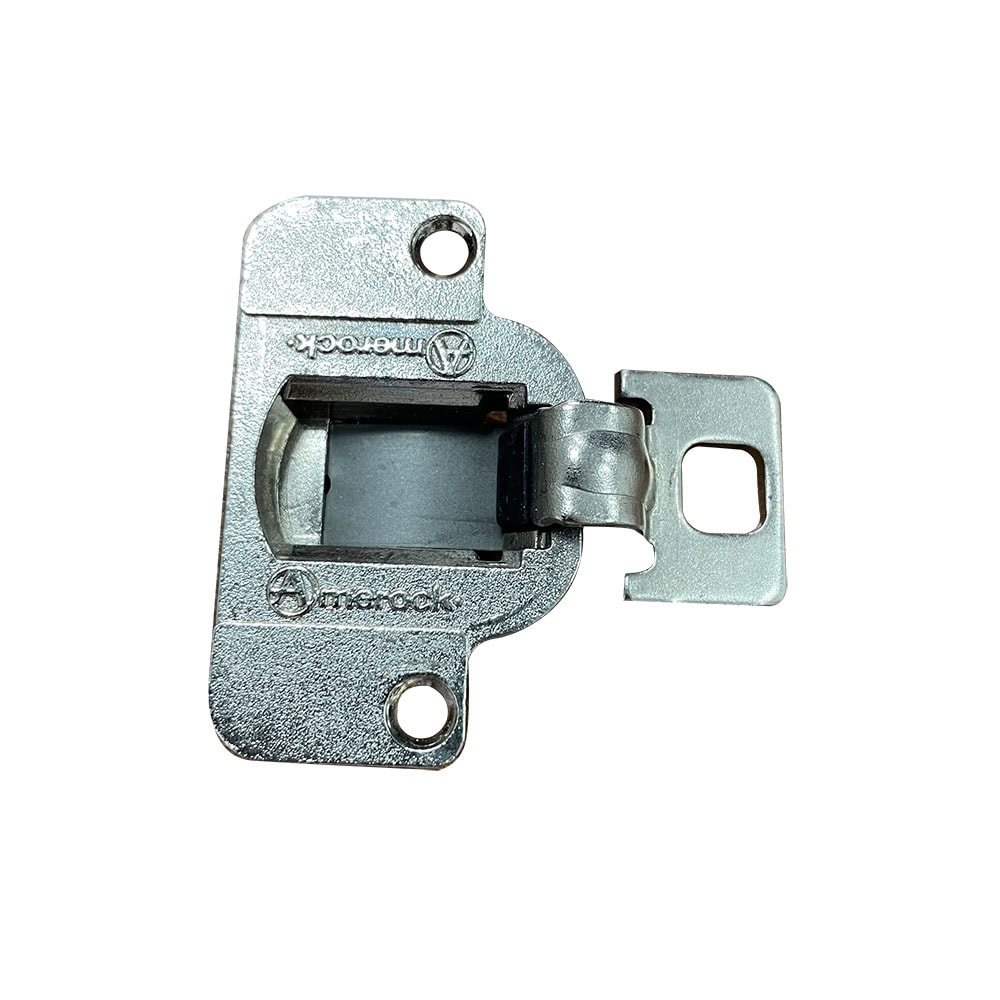
Applications and Use Cases
Stainless steel is widely used in industries requiring structural integrity and corrosion resistance, such as construction and manufacturing. Nickel plating is favored for aesthetic and electrical applications, including jewelry and connectors.
Stainless steel excels in structural applications, while nickel plating is suitable for decorative or specialized uses.
For instance, hinges for harsh environments or heavy machinery benefit from stainless steel’s robust qualities, while nickel plating is better for consumer goods.
Environmental Resistance
Stainless steel withstands extreme temperatures, chemicals, and abrasive environments better than nickel plating. Nickel-plated items may degrade when exposed to acidic or corrosive substances.
Stainless steel outperforms nickel plating in extreme environmental conditions.
Applications such as Climatic Test Chamber Hinges rely on stainless steel to maintain performance under temperature fluctuations and humidity.
Maintenance Requirements
Stainless steel is low-maintenance, requiring only occasional cleaning to retain its appearance and functionality. Nickel plating demands regular care to prevent tarnishing and ensure longevity.
Stainless steel is a hassle-free choice, while nickel plating needs upkeep for sustained performance.
This makes stainless steel a preferred material for industries that prioritize reliability and ease of maintenance.
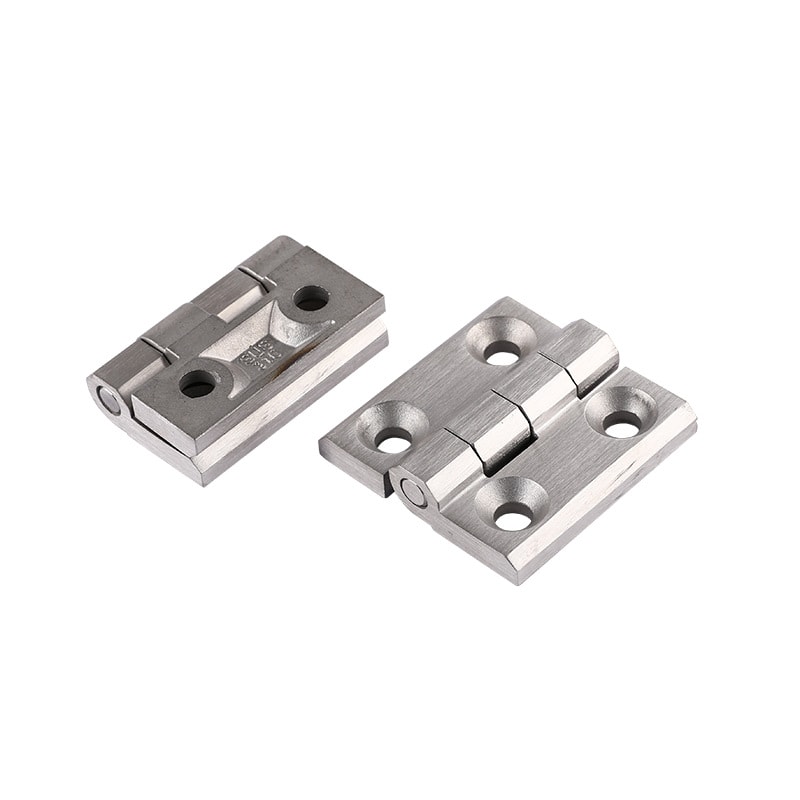
Health and Safety Concerns
Stainless steel is hypoallergenic, making it safe for cookware, medical tools, and items worn close to the skin. Nickel plating may cause allergic reactions in sensitive individuals.
Stainless steel is safer for health-sensitive applications, while nickel plating may pose allergy risks.
When selecting materials for personal or food-contact items, stainless steel is a more reliable option.
Conclusion
Stainless steel and nickel plating cater to different needs. Choose stainless steel for durability, corrosion resistance, and minimal maintenance. Opt for nickel plating for its aesthetic appeal and conductivity in specific applications. Evaluate the requirements of your project to make the best decision.


